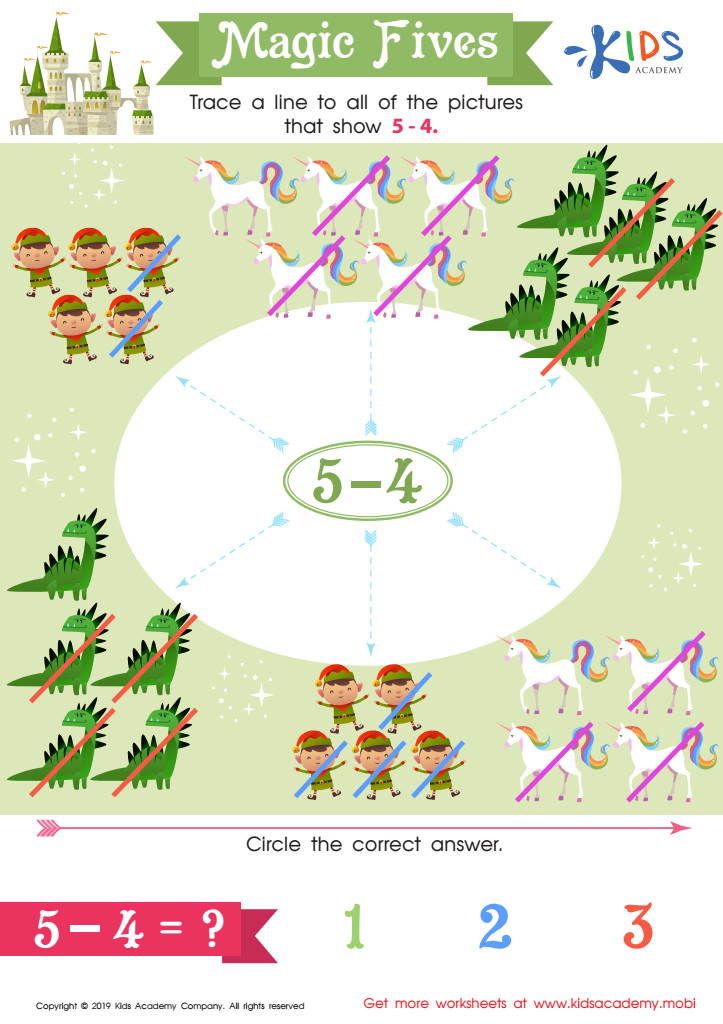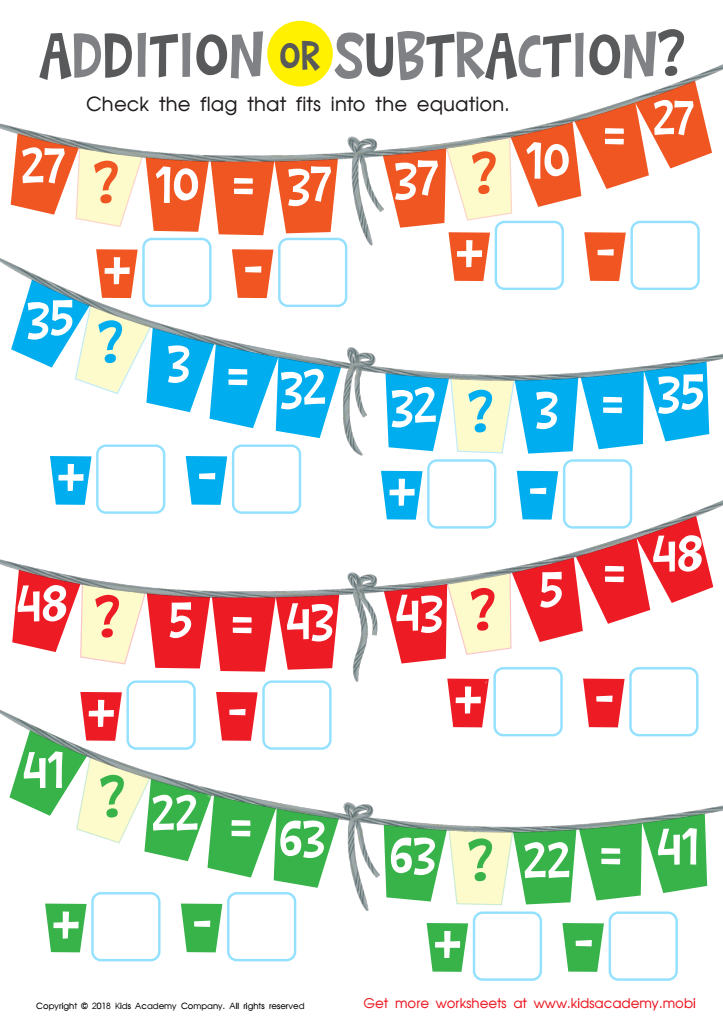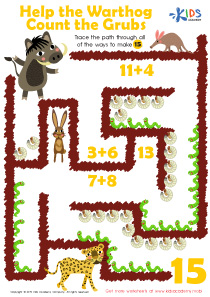Mathematical reasoning Normal Subtraction Worksheets for Ages 3-7
4 filtered results
-
From - To
Discover our engaging Mathematical Reasoning Normal Subtraction Worksheets designed specifically for children aged 3-7! These worksheets provide young learners with the opportunity to enhance their subtraction skills through fun and interactive activities. By incorporating visual aids and diverse problem-solving scenarios, we promote critical thinking and reasoning abilities essential for early math education. Each worksheet is tailored to develop children's understanding of subtraction concepts, ensuring they gain confidence and proficiency in their mathematical abilities. Perfect for home or classroom use, our worksheets make learning subtraction enjoyable while laying a strong foundation for future mathematical success. Explore our collection today!


Magic Fives Worksheet


Find the Rule Worksheet


Count Back to Subtract Substraction Worksheet


Addition or Subtraction? Worksheet
Mathematical reasoning, particularly in understanding normal subtraction, is crucial for children aged 3-7 as it forms the foundation for their future mathematical abilities and overall problem-solving skills. At this developmental stage, children are beginning to grasp the concept of numbers and their relationships. By learning subtraction, they not only understand how to quantify what is taken away from a whole but also enhance their cognitive abilities to analyze, reason, and make connections.
Parents and teachers play a vital role in nurturing these skills. Engaging children in subtraction through playful and interactive activities—like using physical objects, drawing, or simple games—makes learning enjoyable and less intimidating. This foundational knowledge fosters critical thinking, encouraging children to ask questions and explore different problem-solving approaches.
Moreover, early mathematical reasoning bolsters children's confidence, enabling them to tackle more complex mathematical concepts in later years. When parents and teachers actively support this learning, they contribute to children’s academic success and emotional development. Ultimately, a strong understanding of normal subtraction empowers young learners, equipping them with essential skills that will benefit them in mathematics and various life situations.
 Assign to My Students
Assign to My Students

















